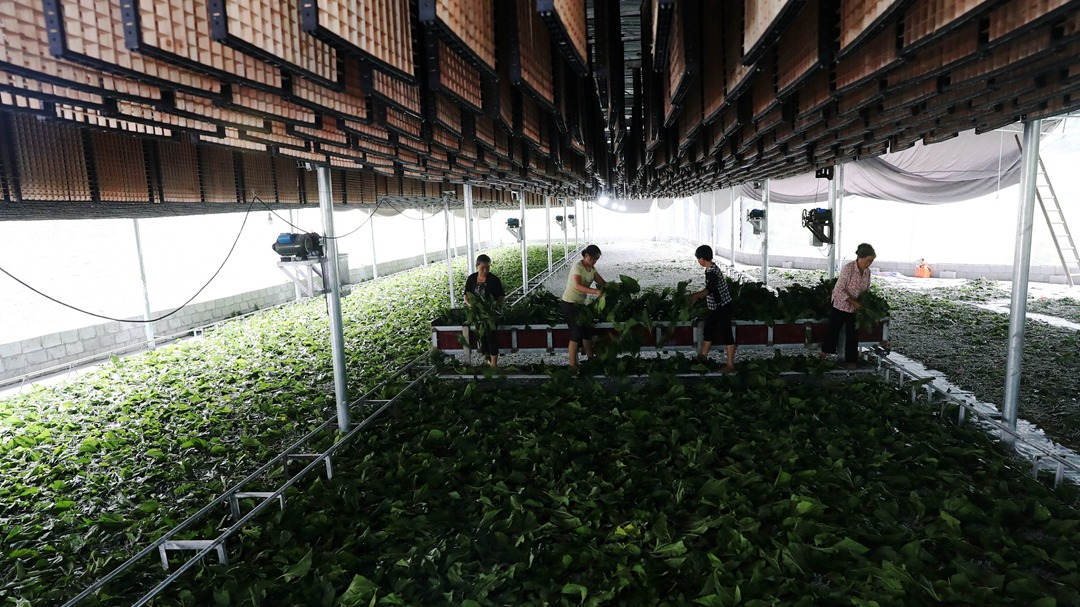
Economy
20:03, 08-Jan-2019
China becomes the largest silk consumer in the world
Updated
19:12, 11-Jan-2019
CGTN

Yang Yongyuan, the honorary president of the Chinese Silk Association, said that domestic demand has become the driving force of silk products consumption with 60 percent of silk sold inside China.
"Chinese silk industry has shifted from focusing only on the global market to both domestic and global ones in the process of reform and opening up," Yang said.
As silk products made of natural fibers will not cause skin irritation, silk underwear, clothes and quilts have been making their way into every household.
Chinese silk industry has become increasingly concentrated in recent years. The number of silk enterprises has fallen by 19.7 percent to 195. The operating income of a single enterprise has risen by 17.4 percent.
Statistics from the Ministry of Commerce show that there were 788,667 hectares of mulberry field, 200 million silk farmers and 640,000 tons of silkworm cocoon in 2017, reversing the downward trend since 2013.
Regarding modern layout, mulberry planting and silkworm rearing have been transferred from southeast coastal area to central and western regions to spare cultivated land for other purposes.

SITEMAP
Copyright © 2018 CGTN. Beijing ICP prepared NO.16065310-3
Copyright © 2018 CGTN. Beijing ICP prepared NO.16065310-3